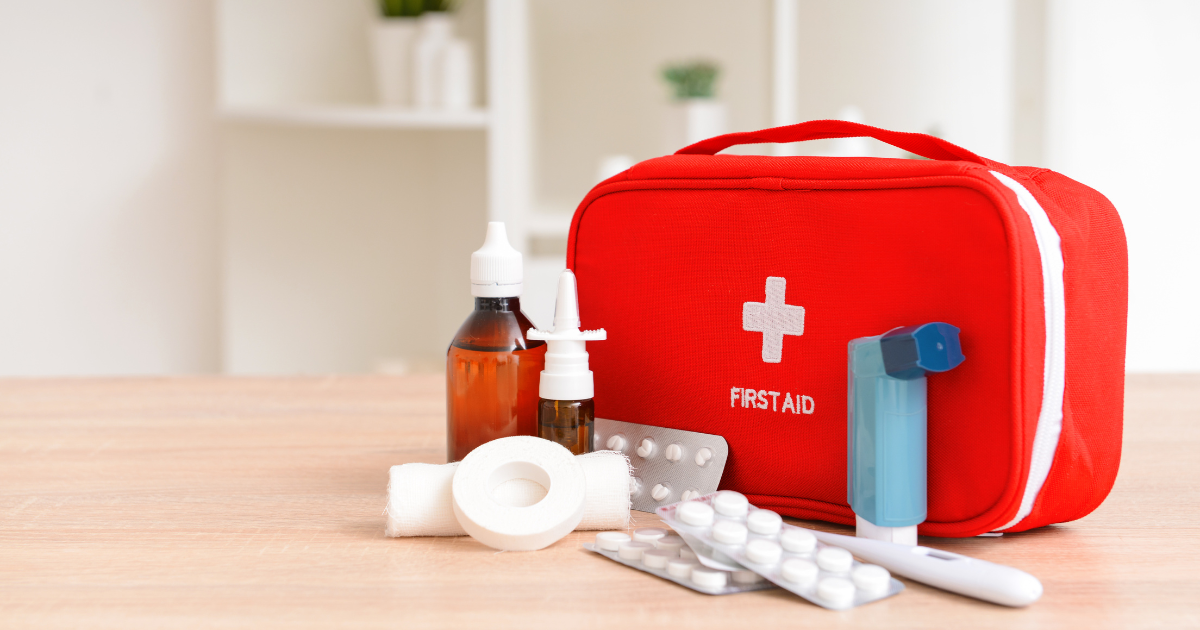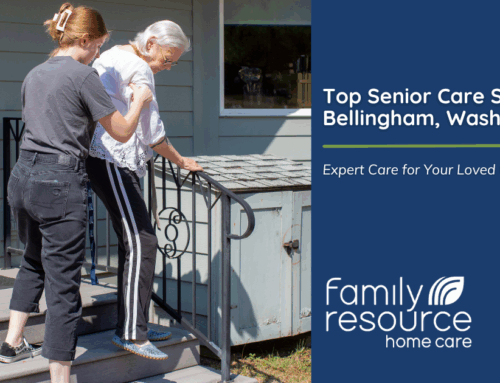When we were young, scrapes and sores were usually the result of youthful activities like running or riding a bike, and soap, water, a bandage and a kiss was the only cure that was needed. However, cuts or sores on an elderly person require special treatment. The difference between a wound on a younger person versus a wound on an older adult is that in an elderly person, the wound is more likely to become chronic, meaning that the wound doesn’t heal or it keeps coming back. This is because, as they age, older adults may develop conditions that affect blood flow, such as diabetes, as well as other health issues that lead to decreased awareness or mobility, all of which can contribute to wounds becoming a chronic problem.
Wounds in the elderly take up to four times longer to heal than in younger people. The Mayo Clinic states this is because “the skin of older adults is more fragile, thinner, less elastic and drier than the skin of younger adults.”
Chronic wounds can be caused by damage to the skin from bumps, falls, burns, a skin infection or skin cancer. Friction from clothes and bed sheets rubbing against delicate skin can also cause a wound to form. Other risk factors include a lack of sensory perception, weight loss, poor nutrition and hydration, excess moisture or dryness, bowel incontinence, limited alertness, and muscle spasms.
People who spend much of their time in bed or in a wheelchair can develop pressure sores, also known as bed sores. Untreated, these too can become chronic. To keep pressure sores from developing, an elderly person should change their position every two hours.
An unnoticed or untreated wound can turn into a chronic wound and become infected and painful. A wound in its early stage should be gently cleaned. If the skin is not broken it can be washed with soap and water and patted dry. A bandage should be applied as this will speed healing by keeping the wound moist and by creating a barrier against infection.
Medical treatment may be needed to resolve a problem with chronic wounds, particularly if the afflicted person develops a fever, drainage or a bad smell is present; or there is increased heat and redness in the surrounding skin. All of these factors could point to an infection.






